Galaxy Note 9 vs. Galaxy Note 8: What’s New?
The Galaxy Note 9 looks very similar to the Note 8, but there are several key differences between the two big-screen phones.
Editors' Note: We originally published this story on Aug. 9. It was updated at 4:00 p.m. ET on Aug. 14 to include updated benchmarks and battery test results.
Samsung has taken the wraps off the Galaxy Note 9, its newest phablet aimed at power users. Based on an initial look at the phone's specs, it's an impressive device... but the same could have been said about the Galaxy Note 8 when Samsung first unveiled that phone about a year ago.
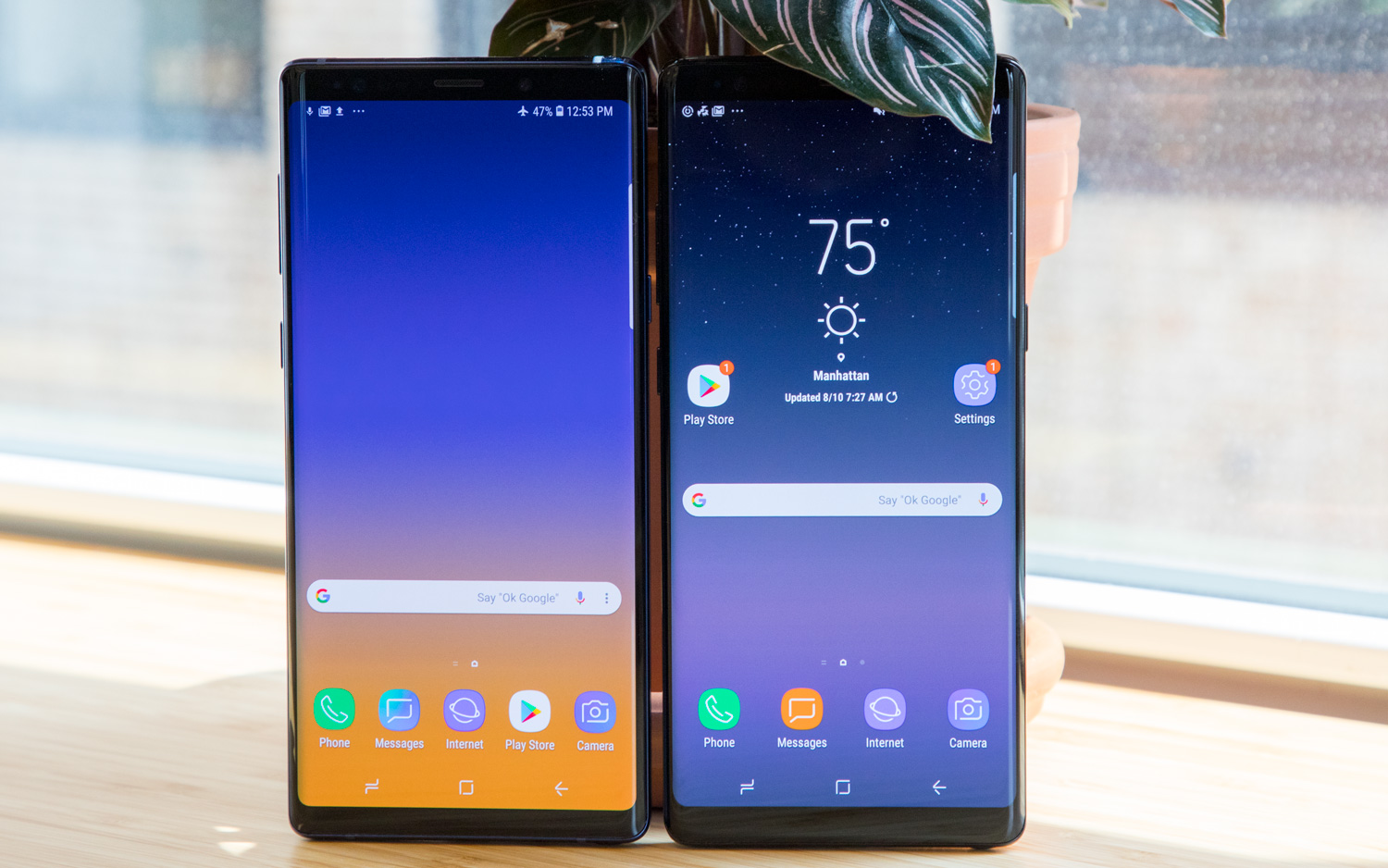
The Galaxy Note 9 has these advantages over the Note 8.
- A slightly bigger screen: 6.4 inches vs 6.3 inches
- A much bigger battery (4,000 mAh vs 3,300 mAh), though battery life remains comparable
- Double the storage in Note 9 at 128GB
- Faster Snapdragon 845 processor and more RAM
- AI camera features
- Bluetooth S Pen for remotely controlling phone
How does Samsung's latest phone measure up to last year's model? Here's a closer look at how the new Note 9 compares to the Note 8.
Galaxy Note 9 vs Note 8: Specs Compared
| Model | Galaxy Note 9 | Galaxy Note 8 |
| Price | $999-$1249 | $930-$960 |
| Android | Android 8.1 | Android 7.1 |
| CPU | Snapdragon 845 | Snapdragon 835 |
| RAM | 6GB/8GB | 6GB |
| Storage | 128GB/512GB | 64GB |
| MircoSD | Up to 512GB | Up to 256GB |
| Rear Camera | 12MP (f/1.7 wide angle); 12MP (f/2.4 telephoto with 2x zoom) | 12MP (f/1.7 wide angle); 12MP (f/2.4 telephoto with 2x zoom) |
| Front Camera | 8MP (f/1.7) | 8MP (f/1.7) |
| Battery | 4,000 mAh | 3,300 mAh |
| Battery Life (hrs:mins) | 11:26 | 11:11 |
| Size | 6.4 x 3 x 0.34 inches | 6.4 x 2.9 x 0.34 inches |
| Weight | 7.1 ounces | 6.9 ounces |
| Colors | Lavender Purple, Ocean Blue | Midnight Black, Orchid Gray |
Design and display
At first glance, there's not much to separate the new Note 9 from its predecessor. Both phones have the same Infinity Display, though the Note 9's screen is slightly larger at 6.4 inches compared to the 6.3-inch panel on the Note 8. The display is certainly more colorful on the Note 9, with the new phone able to reproduce 224 percent of the sRGB color gamut, compared to the Note 8's 204 percent.
Sign up to get the BEST of Tom's Guide direct to your inbox.
Get instant access to breaking news, the hottest reviews, great deals and helpful tips.

Despite the added screen real estate, the two Notes are roughly the same size, though at 6.4 x 3 x 0.34 inches, the Note 9 is just a little bit wider than last year's 6.4 x 2.9 x 0.34-inch model. The new phone is 0.2 ounces heavier than the Note 8, though it's unlikely you'll notice much of a disparity.
Where you will notice a difference is when you hold the two phones. The Note 9 feels more flat, compared to the rounded body of the Note 8. Some users will find the phone easier to hold for that reason.
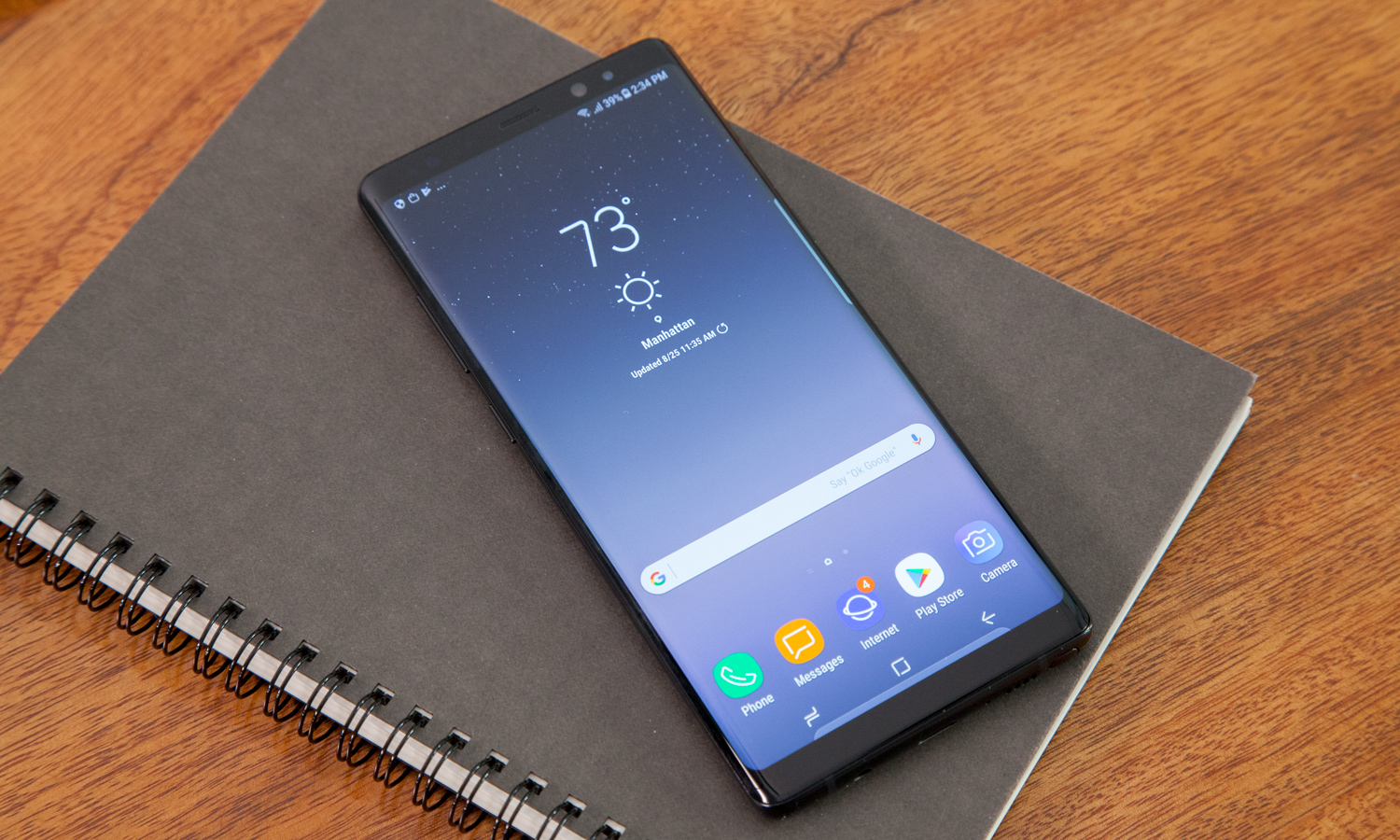
Despite the fractionally larger screen size on the Note 9, resolution is unchanged from last year's model at 2960 x 1440. If you like the Super AMOLED panel on past Note phones, you're likely to still appreciate the Note 9's screen.
MORE: Galaxy Note 9 Specs: What You Get
Samsung is being less conservative with colors this time around. The Note 8 shipped in Midnight Black and Orchid Gray here in the U.S. The Note 9, in contrast, will be available in Lavender Purple and Ocean Blue, two more eye-catching colors that really pop, especially when viewed alongside their predecessors.
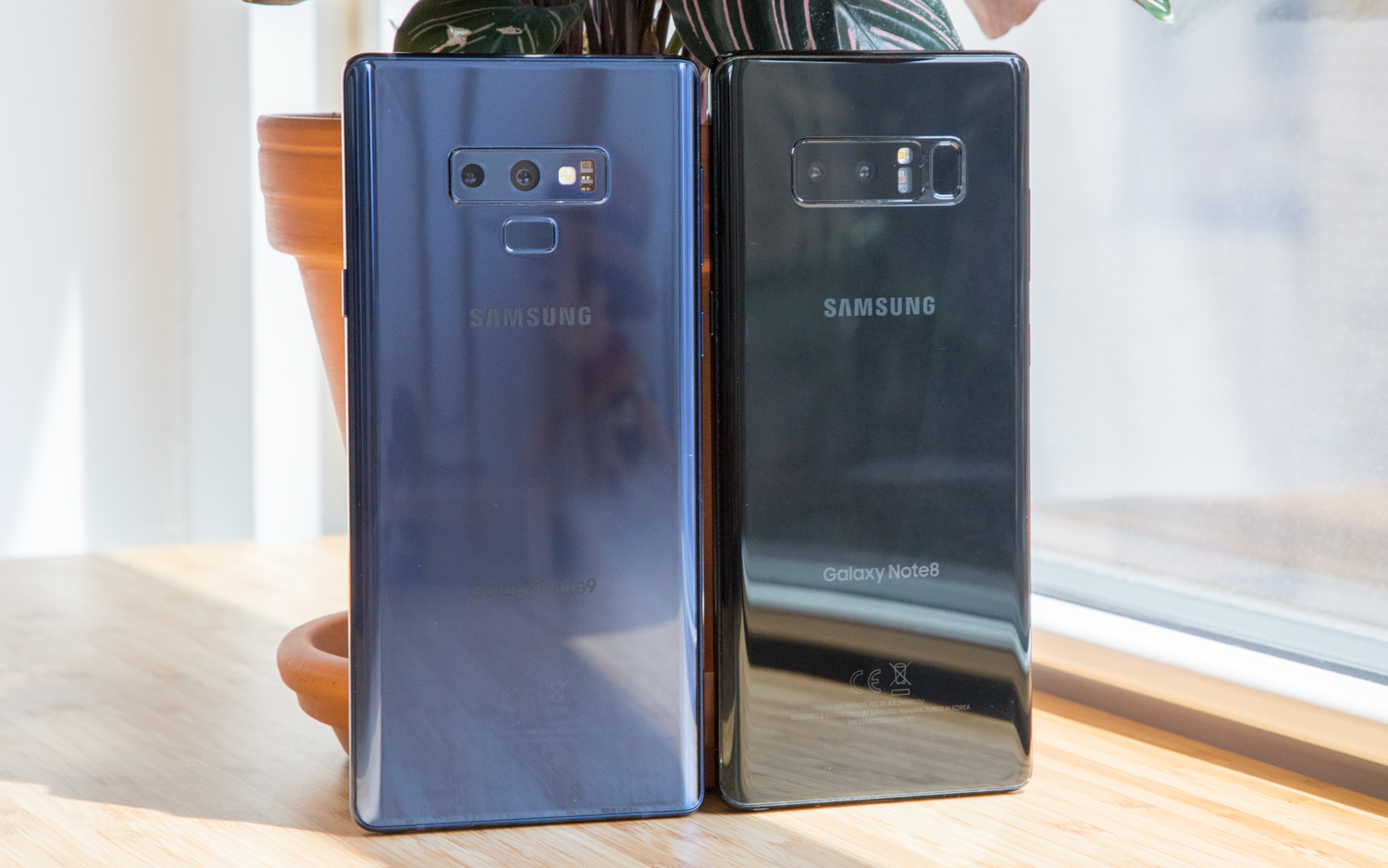
Performance and specs
The leading Android flagship phones these days run on Qualcomm's Snapdragon 845 processor, and the Galaxy Note 9 is no exception. That gives the new phone a performance edge over the Note 8 and its Snapdragon 835 processing platform.
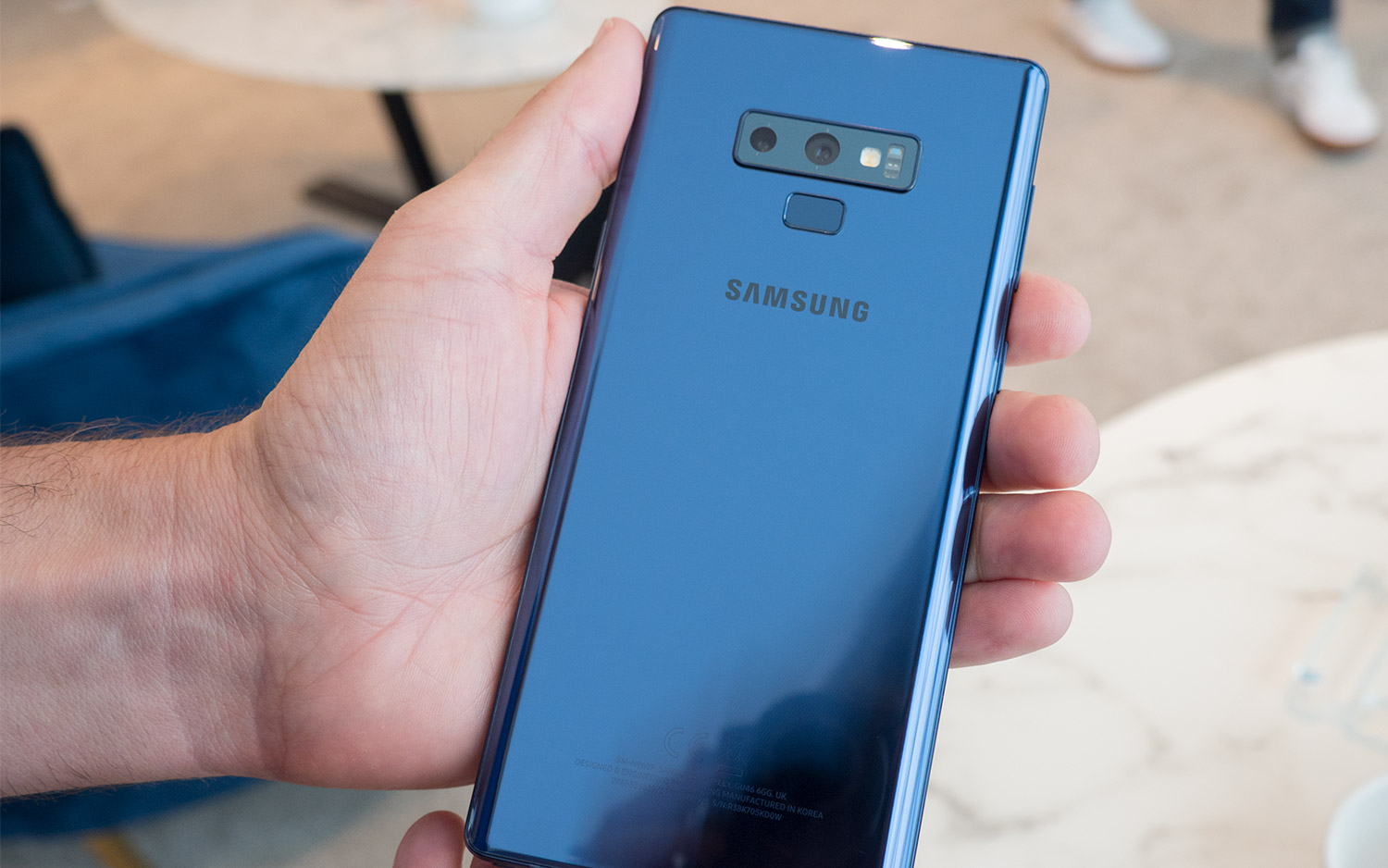
When Qualcomm unveiled the Snapdragon 845, it promised a 25 percent boost in "performance uplift" and a 30 percent gain in graphics over the Snapdragon 835. We've definitely seen other Snapdragon 845-powered phones rise to the head of the class for performance, so we'd expect to see the Note 9 join them.
Just like the Note 8, Samsung's new Note will feature 6GB of RAM in its standard configuration, which should help it take on the likes of leading performers like the HTC U12+ and the OnePlus 6. Samsung will also offer a version of the Note 9 with 8GB of memory, though it will cost you a pretty penny for that kind of performance boost (which we'll discuss later).
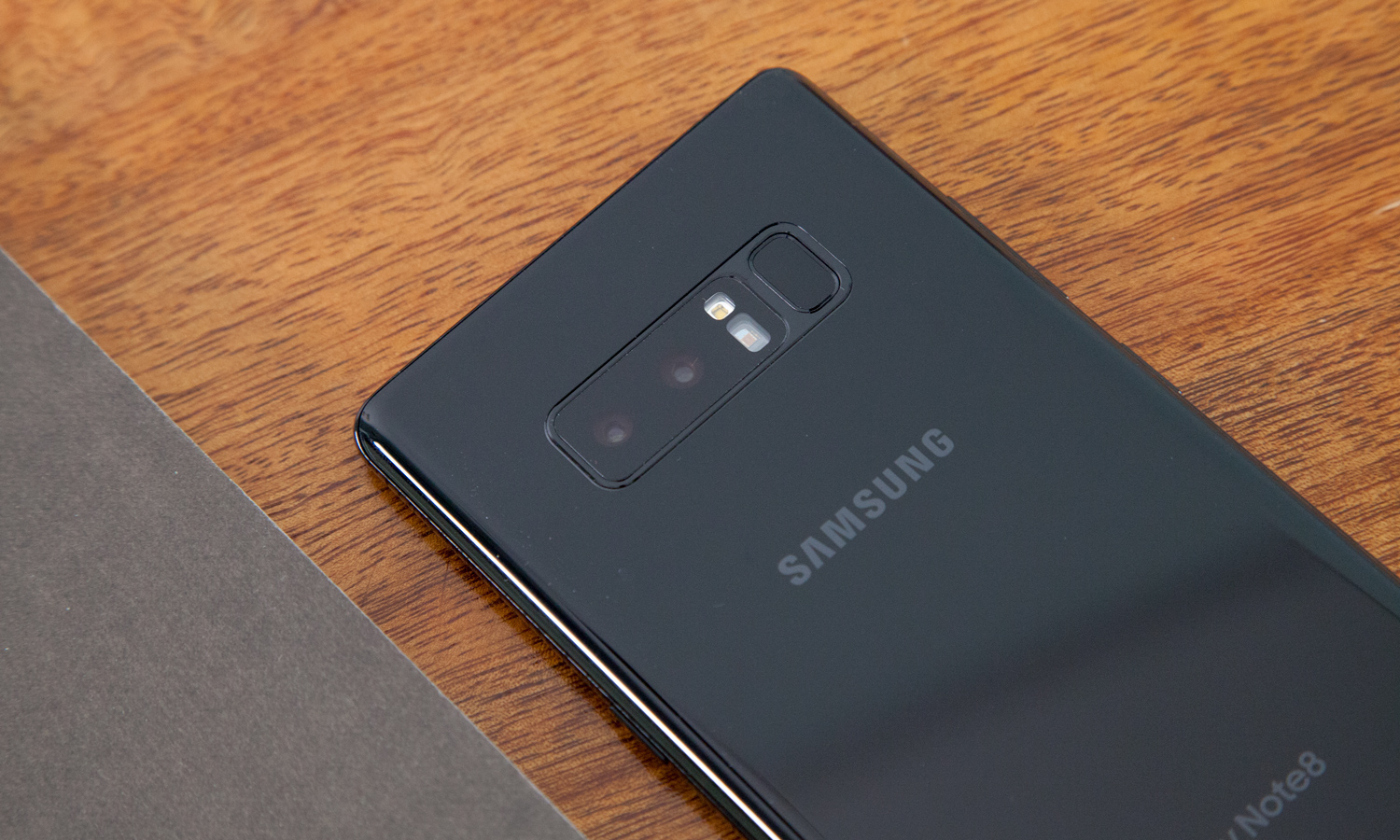
Now that we've had a chance to benchmark the Note 9, we can confirm that it outperforms its year-old predecessor. (Other Android phones running on the Snapdragon 845 are another story.) The Note 9 tallied a score of 8,876 on Geekbench 4, which tests overall performance. That's a 35 percent improvement over the Note 8's 6,564 score. Similarly on 3D Mark's Slingshot Extreme 3.1 test of graphic performance, the Note 9's 4,639 score bested the 3,710 result turned in by the Note 8. We plan to do additional tests, but our expectation is the extra processing oomph should propel the Note 9 over the top.
The Note 9 doesn't just focus on raw power. It's also about operating efficiently, and to that end, Samsung is introducing a new Water Carbon Cooling system to its Note lineup. The setup is designed to let the phone deliver fast performance over long periods without the slowdowns that come from overheating — the kind of enhanced performance that should come in handy if you're into resource-intensive mobile games. Our initial tests of this new feature didn't blow us away, as the Note 9 ran just about as hot as its predecessor during a series of graphics-intensive tasks. However, Samsung's system is also designed to deliver sustained performance without the hang-ups that come come as the phone gets hotter, so we're continuing to test just how water cooling impacts performance over time.
Right out of the box, you'll certainly be able to store more things on your Note 9. While the Note 8 featured 64GB of onboard storage, the new version of the phone doubles capacity to 128GB. If that's not enough, there's another version of the Note 9 — the same one with 8GB of RAM — that gives you 512GB of storage. With the Note 9 offering a microSD slot like the Note 8 did, running out of storage should never be an issue.
Cameras
The Note 8 introduced dual rear cameras to Samsung's smartphone lineup, and that feature returns in the Note 9. But Samsung looked to improve the camera setup on its new phone in two ways — first by taking a cue from this spring's Galaxy S9 and then by adding more smarts to its shooters.
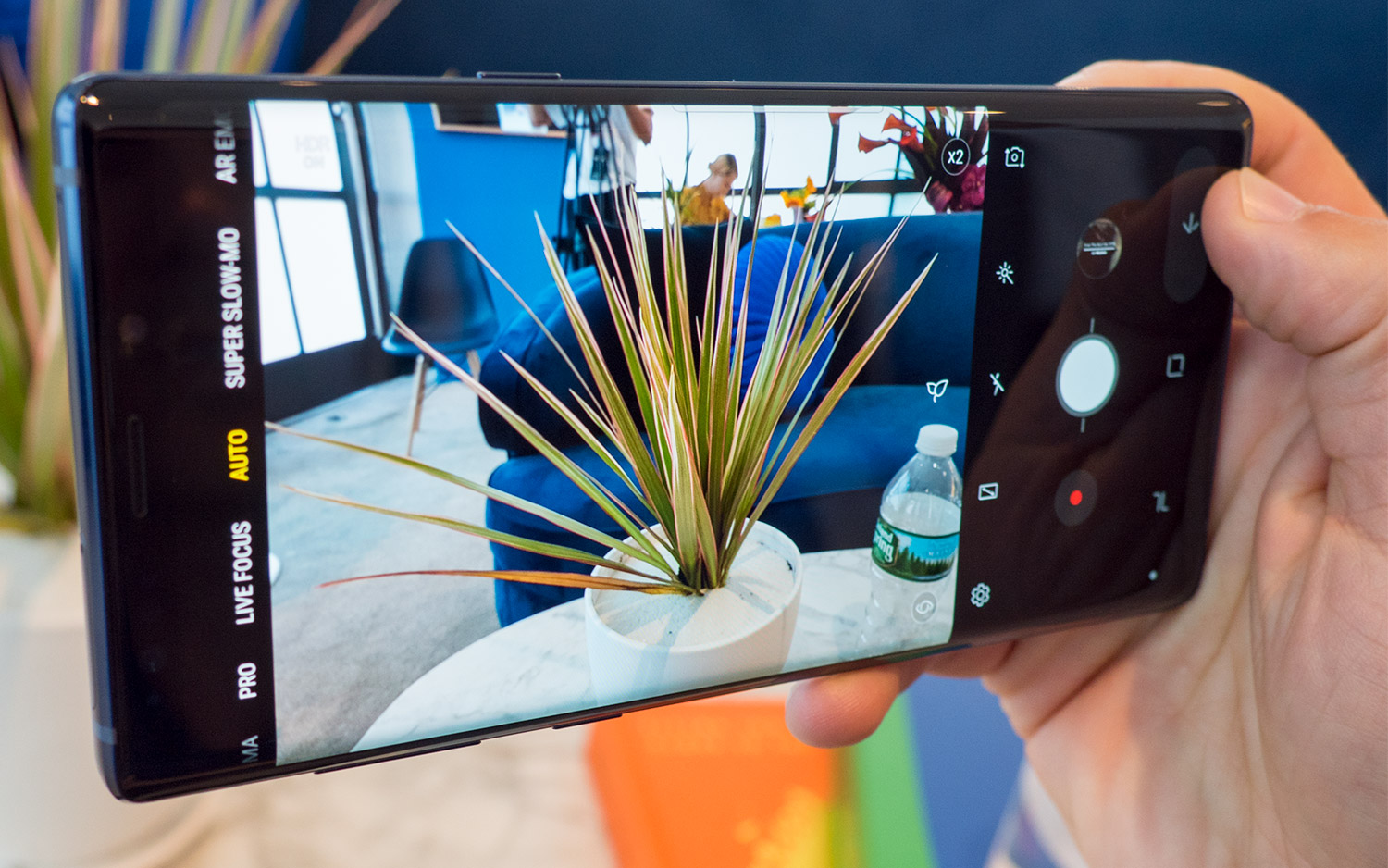
The Note 9 is adopting the same variable aperture Samsung introduce on the Galaxy S9. That feature, in which the phone's camera can switch between apertures of f/1.5 and f/2.4 depending on the shooting conditions, helped the S9 excel at taking low-light photos. (A wider aperture lets in more light, so that there's less noise and more detail.)
But the pair of 12-megapixel rear cameras on the Note 9 don't simply incorporate the camera improvements Samsung introduced on earlier phones. A Scene Optimization feature on the Note 9 adds AI-powered features you won't find on last year's Note 8 (though rival phones from LG and Huawei doo offer similar capabilities). The Note 9's camera is capable of recognizing 20 types of scenes and adjusting camera settings on the fly so that you're getting the best shot. One of those recognized scenes includes low lighting, so we're expecting the Note 9 to beat its predecessor when it comes to taking photos indoors and at night.
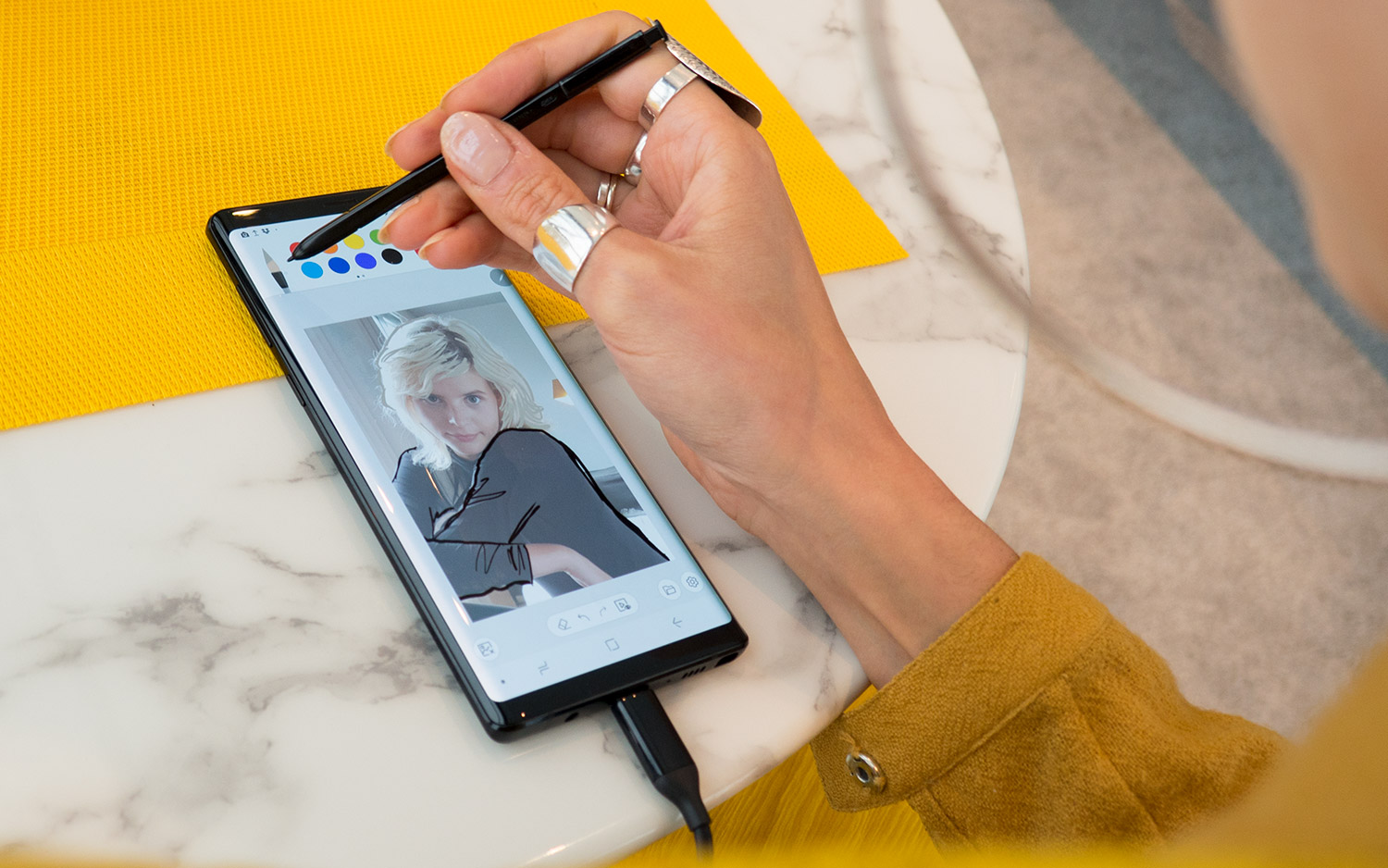
The Note 9 ups the S Pen's powers by adding Bluetooth connectivity. You can use the button on the S Pen to both open the Note 9's Camera app and click the shutter remotely — helpful for taking pictures with just one hand. The S Pen can also act as a controller for presentations stored on your phone or for controlling music playback. And Samsung plans to provide developers with tools so they can create their own S Pen actions over Bluetooth.
As impressive as the S Pen has been with past versions of the Note, Bluetooth connectivity figures to make the stylus even more useful, even though we may not appreciate the full value of this feature until developers have had their crack at making the most of the S Pen's newfound powers with the Note 9.
Dex Upgrade, Fortnite Exclusive
Use on of Samsung's DeX accessories with the Note 8 — either the DeX Station or the more convenient DeX Pad — and you can turn last year's phablet into a portable PC when you plug the accessory into an external monitor. The Note 9 does away with the formality of an extra accessory: just hook the new phone up to a display with an HDMI adapter, and you're ready to use your portable productivity tool.
With the Galaxy Note 9 launch, Samsung is establishing itself as the exclusive home of Fortnite on Android, at least for a limited window of time. Of course, the Note 9 won't be the only Samsung device capable of playing Fortnite — the multiplayer battle royale game will be available to several Galaxy phone and tablet offerings, including the Note 8.
Price
When the Note 8 debuted last year, you could pick up the phablet for $930 to $960, depending on where you bought the phone. Samsung figures the extra storage, faster processor and enhanced S Pen are worth a bit more. The Galaxy Note 9 starts at $999, and if you want the 512GB and its extra RAM, you'll have to pony up $1,249. Put simply, the Note 9 will be the most expensive phone Samsung's ever sold.
Outlook
If you bought the Note 8 at any point in the last year, you're unlikely to look on the new phone with much envy, not unless you were really clamoring for an S Pen with Bluetooth connectivity. Yes, the improved specs in the new version likely mean this phone will outperform the Note 8, but unless you depend on your phone almost entirely as a mobile gaming device, you're unlikely to want an upgrade to the newer model.
And it doesn't seem like Samsung really built the Note 9 with Note 8 upgraders in mind. Rather, this phone seems designed for people who sat out the Note 8 upgrade cycle to see if Samsung learned its lessons from the Note 7 debacle. While we still need to test the new phone to provide a definitive answer, the early indications are that Samsung has delivered a big-screen phone that's more than capable of standing up to the demands of power users who gave the Note 8 a pass.
Image Credits: Tom's Guide
Philip Michaels is a Managing Editor at Tom's Guide. He's been covering personal technology since 1999 and was in the building when Steve Jobs showed off the iPhone for the first time. He's been evaluating smartphones since that first iPhone debuted in 2007, and he's been following phone carriers and smartphone plans since 2015. He has strong opinions about Apple, the Oakland Athletics, old movies and proper butchery techniques. Follow him at @PhilipMichaels.

